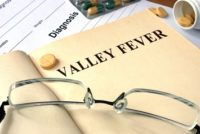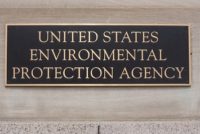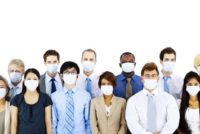Category: Injuries and Illness
Modern safety management goes beyond covering traditional workplace accidents to now being equally concerned with illnesses caused on and even off the job. This section will explain what you need to know to avoid both injuries and illnesses, and to track your progress in reaching this goal.
If any of your employees are away from work following a workplace injury, you want them back on the job as soon as possible. Returning an employee to work following an injury benefits both the employee and employer. The employee can regain a sense of normalcy and financial and job security, while the employer can […]
At the beginning of a video released by the National Institute for Occupational Safety and Health (NIOSH), a police officer is exposed to fentanyl and experiences symptoms of an overdose. The video serves to highlight the risks to first responders who may be exposed to fentanyl on the job, along with recommendations to stay safe […]
California’s Division of Occupational Safety and Health (Cal/OSHA) cited Underground Construction Co., Inc., for serious health and safety violations after two of its employees contracted valley fever.
In a congressional hearing, a lineup of advocates for worker safety faulted the way the EPA is using its new authority under the 2016 amendments to the Toxic Substances Control Act (TSCA) to shield workers from the occupational exposure to hazardous chemicals.
A panel of the U.S. Court of Appeals for the 7th Circuit disagreed with a district court on how much harm two citizens had to have suffered from polychlorinated biphenyls (PCBs) on their property to prevail in a citizen suit brought against the party responsible for the contamination.
Emergency medical technicians (EMTs) and firefighters experience musculoskeletal disorders (MSDs) at five times the rate of most workers, the National Institute for Occupational Safety and Health (NIOSH) said in a summary of research priorities for the public safety sector.
Workplace injuries and illnesses are undercounted, and the United States needs a more robust occupational safety and health surveillance system, a panel of experts concluded in a recently issued report.
More studies are needed to understand how to prevent and handle infectious disease outbreaks in the workplace, according to the Centers for Disease Control and Prevention’s (CDC) National Institute for Occupational Safety and Health (NIOSH).
Ensuring compliance with federal or state occupational safety and health laws and regulations is only part of a workplace safety and health professional’s job. Often, safety managers also handle aspects of an employer’s workers’ compensation program. The two aspects of the job have different demands.
Just a few weeks into 2019, three workers have died in Washington State, according to the state’s Division of Occupational Safety and Health (DOSH) of the Department of Labor and Industries.










